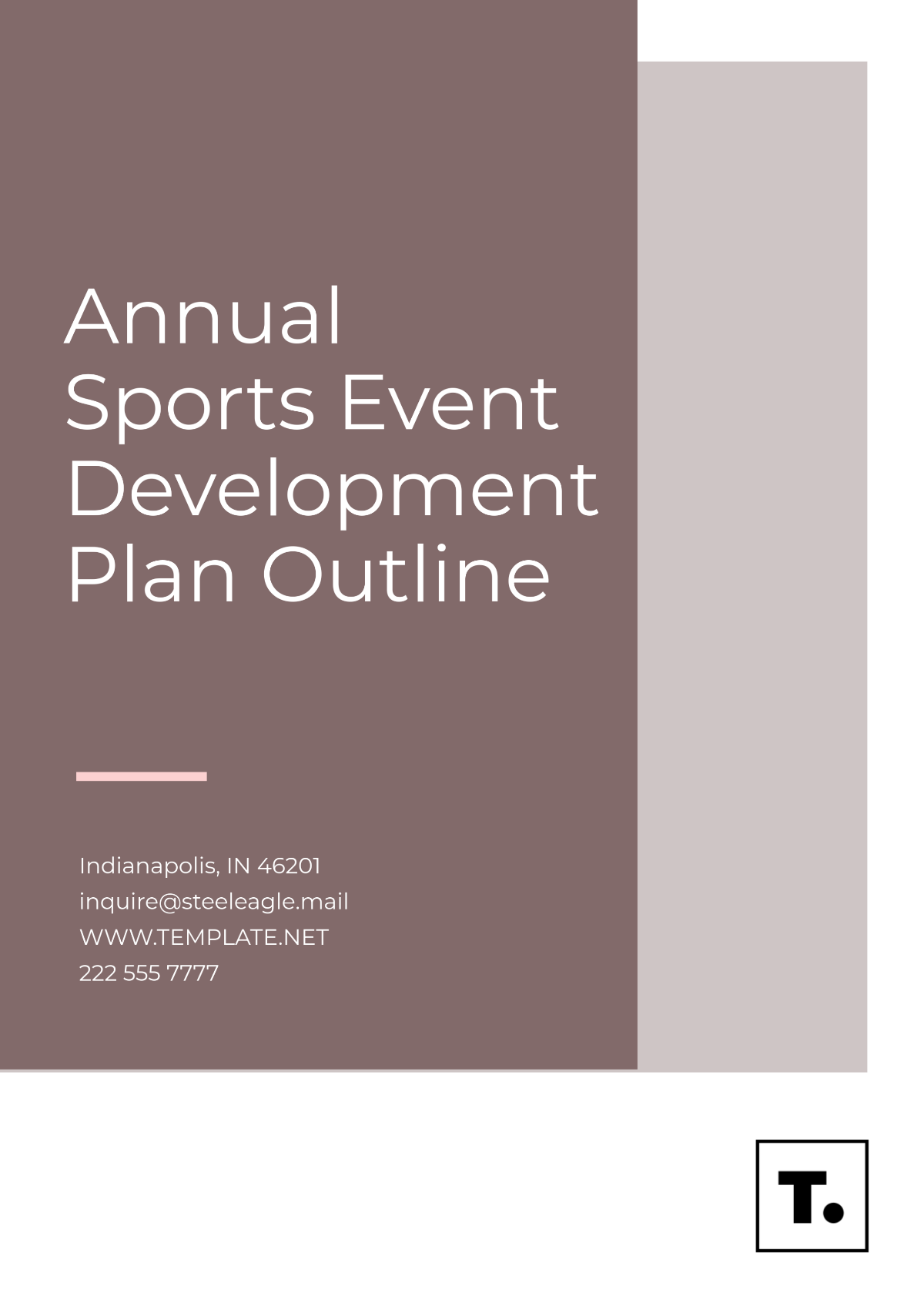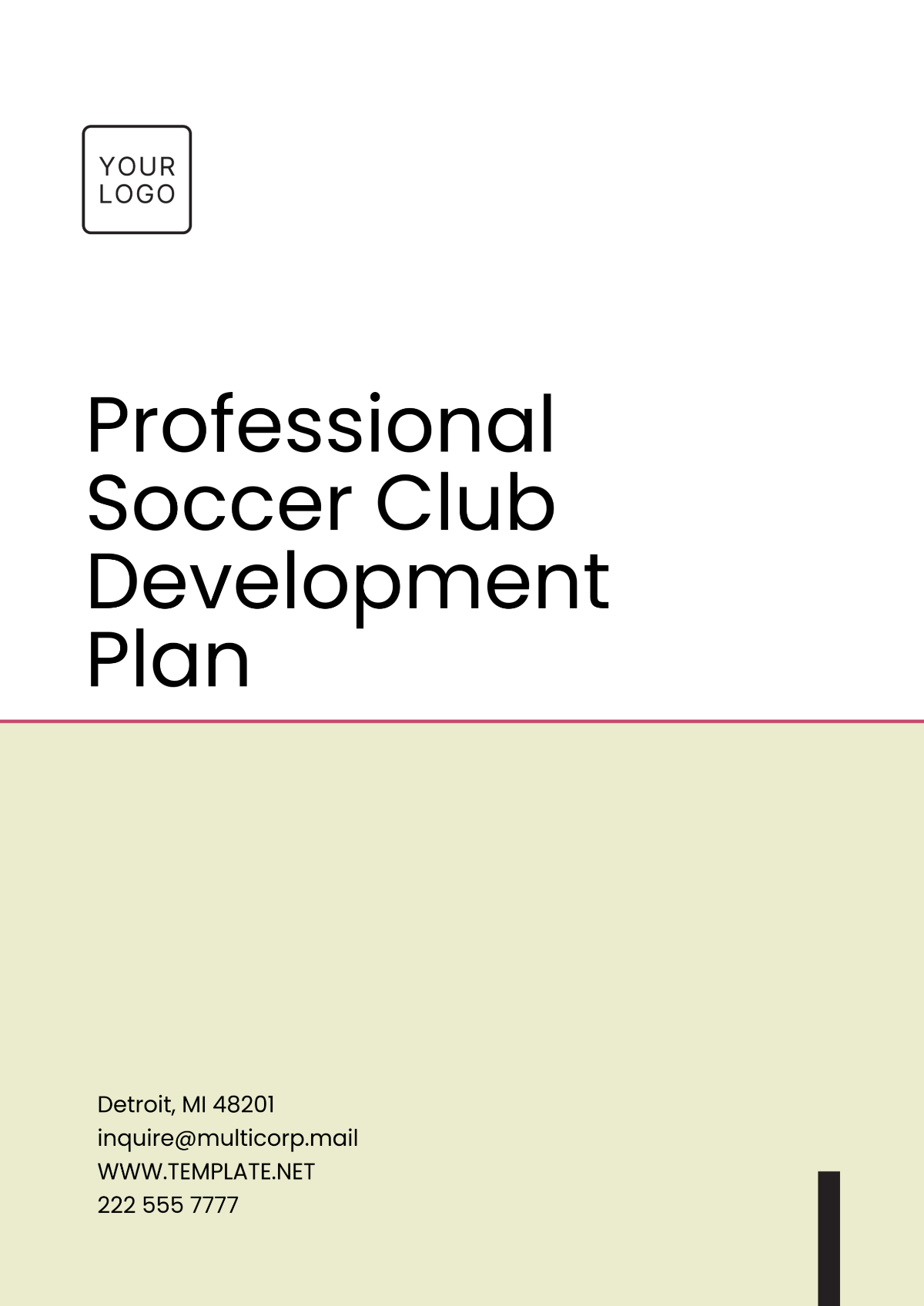Free Organizational Development Methodology
Enhance your business strategies with the Organizational Development Methodology Template from Template.net. This fully editable and customizable template provides a structured framework to improve organizational processes. Easily adapt it to meet your unique needs using our Ai Editor Tool, ensuring a comprehensive methodology that supports effective change and drives sustainable organizational growth.






























